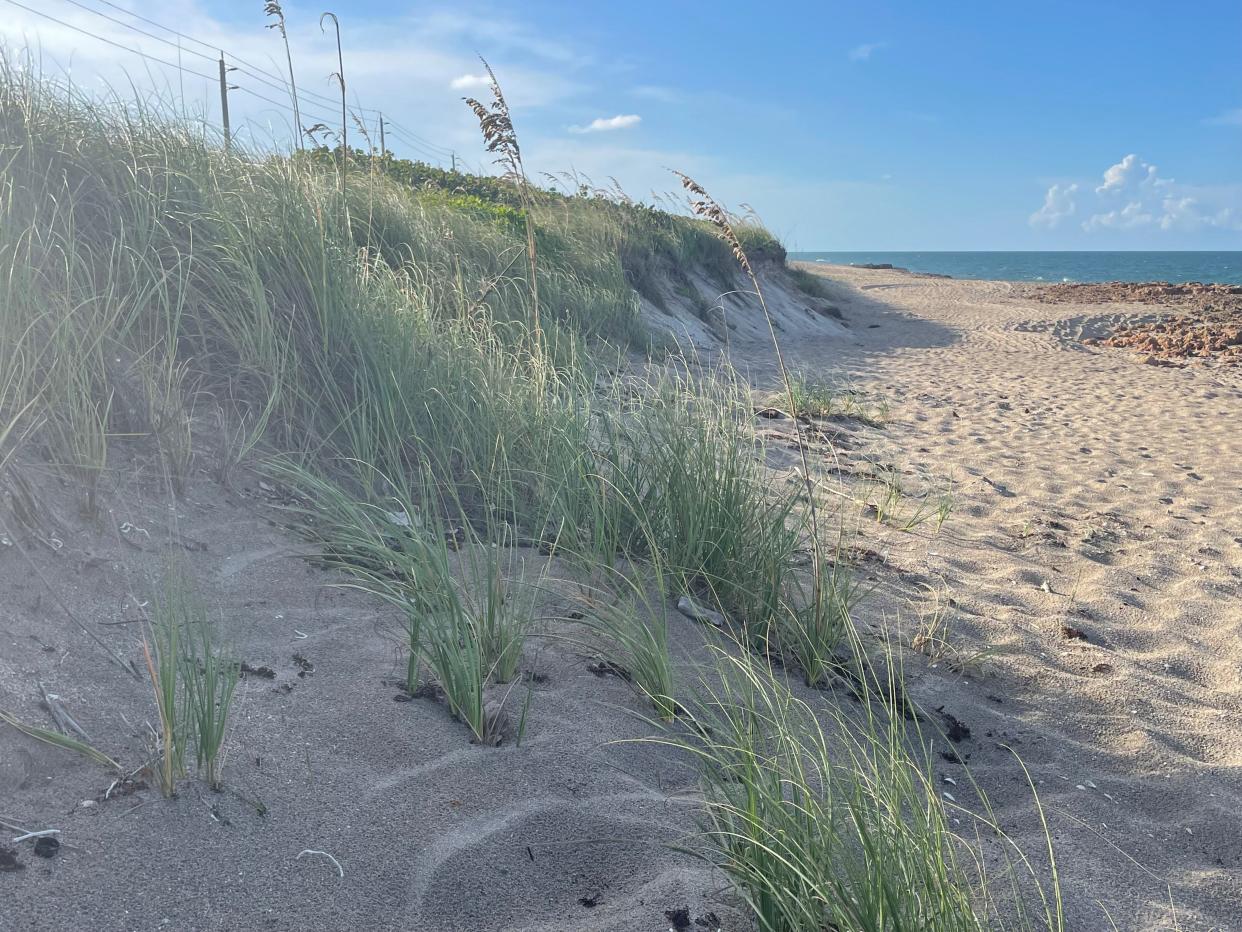Tuesday's letters: Sand dunes are solution, firefighters become heroes, communication loss

Build sand dunes to block storm surge
I grew up at the Jersey Shore. Many New Jersey shorefront towns are protected from the effects of storm surge by high sand dunes held together by dune grass.
The areas of the Jersey shoreline that survived Superstorm Sandy in 2012 had high dunes. The areas that didn’t either had no dunes or ones of minimal height.
Sand dunes are not nearly as expensive to construct as the buildings they protect – just pile up some sand and plant grass. A lot of Jersey towns did just that after Sandy: They built new dunes or taller dunes.
More: How to send a letter to the editor
To be effective, the dunes need to be at least 20 feet high. Beachfront homeowners will complain, as they did in New Jersey, that dunes will block their view of the water, but dunes will also block their view of a storm surge.
Some Jersey homeowners sued to block the dune construction. They lost because the courts held that stopping water from inundating homes was more important than looking at it.
Climate change is real, and the storms are getting worse. It’s time for the west coast of Florida to get storm smart and build dunes.
Anthony Sellitto, Sarasota
Heroes save homes from fire during storm
During disasters, one always hears of heroes rising to the occasion.
The residents of Country Club Estates, a retirement community of manufactured homes along the Intracoastal Waterway in Venice, have their own special heroes that they believe stand head and shoulders above all the rest. Those heroes are from our very own Venice Fire Department.
During the height of Hurricane Ian, when the water had been turned off and officials stated that 911 calls could not be answered due to hurricane force winds, a fire broke out. No one knew how the fire started but soon six homes were involved.
The fire department was called, and it responded. Firefighters arrived and found that none of the fire hydrants worked because the water had been shut off.
Undaunted, they went back for the pumper trucks to put out the flames and protect the houses that were not burning yet. The homes involved burned to the ground, with cars in the carports, but the rest of the neighborhood was saved.
Venice Fire Department, we are eternally grateful for your brave deeds, and we thank you and we love you. You rock!
Ginny Bazeley, Venice
During Ian, unsafe loss of communication
I wish to share important feedback from Floridians regarding the failed communication system during Hurricane Ian. Once the electricity went out so did communications, except for a single channel broadcast over an AM radio station.
Until the communication infrastructure can be improved, TV and cable channels should simultaneously broadcast over AM/FM radio, and battery or crank-operated radio devices should be available for distribution before a storm.
We are learning that a battery-operated portable was the only means of communication for most everyone affected. Unfortunately, very few people had one.
Once electric, internet and TV signals were lost, Floridians were unable to hear our governor, meteorologists, newscasters and officials who were providing vital information. It is not beneficial that those watching the weather channels during the storm are people outside Florida.
We were pretty much alone and frightened once power outages occurred.
The emergency “text” alert system to the cellphones worked intermittently, but made people panic when it continually warned “Take cover now” without explaining what was happening.
I commend Gov. Ron DeSantis on the outstanding coordinated response in the aftermath of Ian but urge him and our other officials to work on this crucial safety issue.
Cathleen Perez, Osprey
Solar power keeps electricity running
We live in Venice, right in the path of Hurricane Ian. Some of our neighbors still lack power as I write this, Oct. 6. But our house never lost it.
Our secret? Eleven years ago, in an effort to reduce our carbon footprint, we installed solar panels. And then, three years ago, we added battery backup. Ever since that time, we have not experienced any power outages.
During the day, the solar panels provide power to the house; during the night, the batteries take over. The next day, the solar panels recharge the batteries and power the house. This cycle can go on indefinitely.
Plus, free electricity!
When Ian struck, we had to evacuate to our daughter’s home in Palm Beach County because Venice was under a mandatory evacuation order. When we came back five days later, everything was running normally in our house and our system indicated that we had not lost power for even one second.
We even had enough power left in our batteries to recharge our Chevy Bolt EV.
People don’t have to lose power. If there is a will, there is a way.
Rick Magee, Venice
This article originally appeared on Sarasota Herald-Tribune: Build dunes before next hurricane, communication lost during storm

